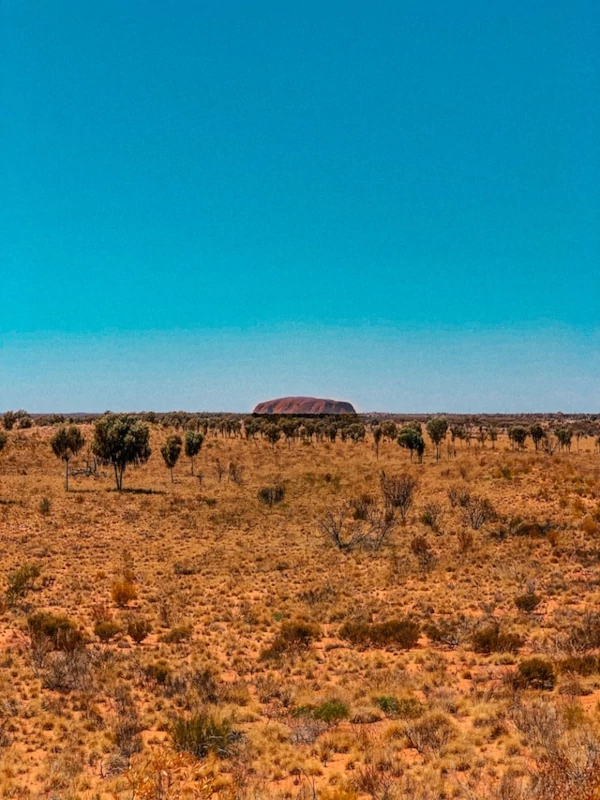Uluru is a colossal, reddish monolith that stands about 348 meters high and is a UNESCO World Heritage Site. Its rust-colored surface is continually changing in appearance depending on the angle of the sun, making it a spectacle at both sunrise and sunset. Kata Tjuta, on the other hand, is a collection of domed rock formations, displaying a different kind of grandeur. The entire landscape of the park is known for its vibrant red hues and unique desert flora, making it a paradise for nature enthusiasts and photographers.
Visitors to Uluru-Kata Tjuta National Park can explore a variety of walking trails, each offering a chance to witness the awe-inspiring landscapes up close. Guided tours led by knowledgeable Anangu guides provide an opportunity to learn about the cultural significance of these natural wonders and the stories embedded in their formation. As you visit this remarkable park, it's crucial to respect the cultural and environmental heritage of the land by following designated trails and adhering to all regulations, allowing you to fully immerse yourself in the extraordinary beauty and history of Uluru-Kata Tjuta National Park.








